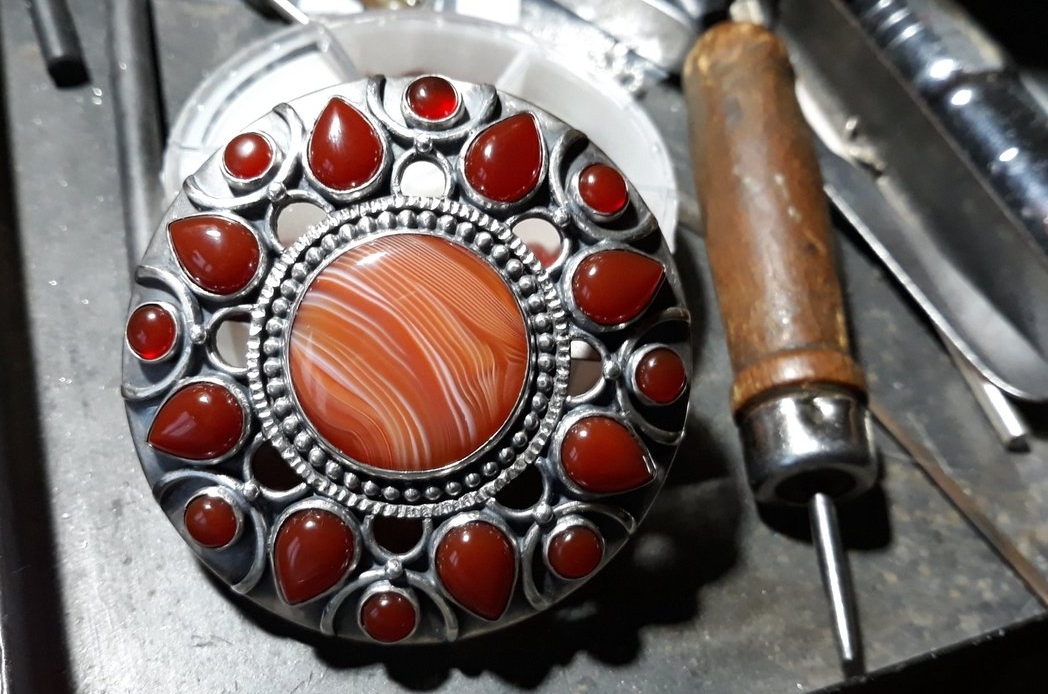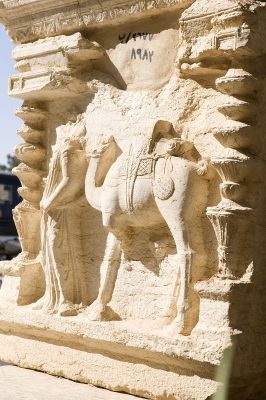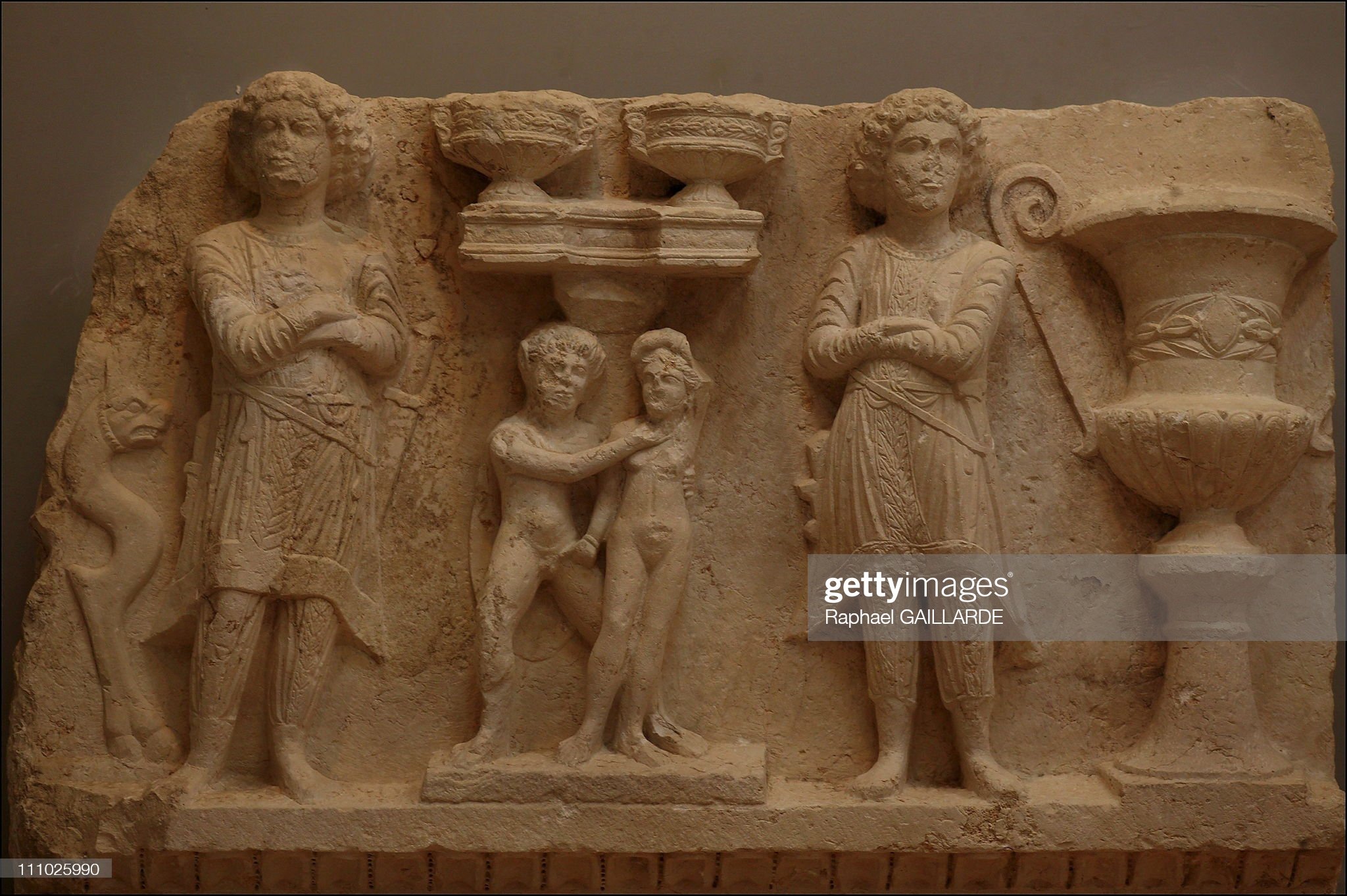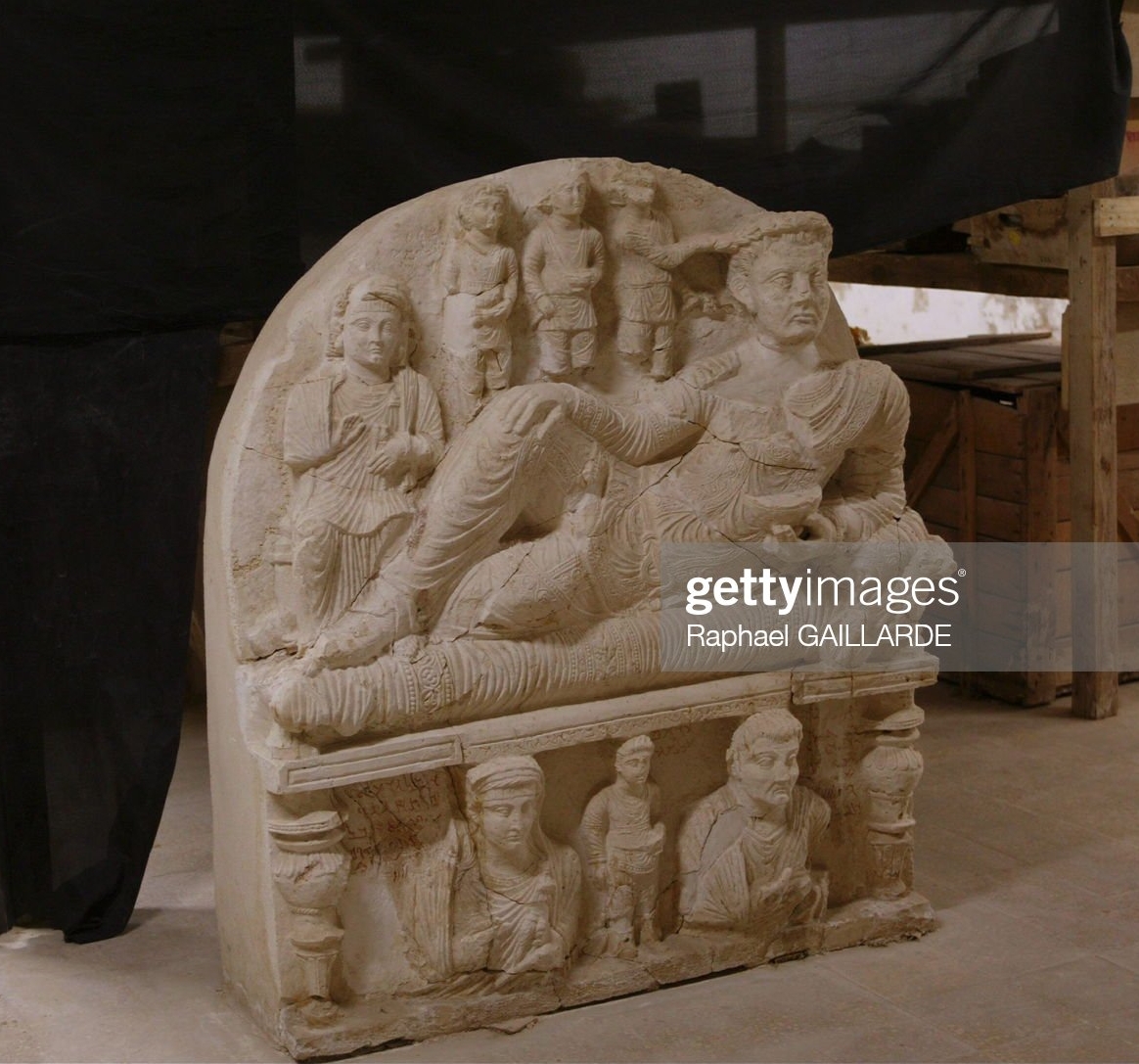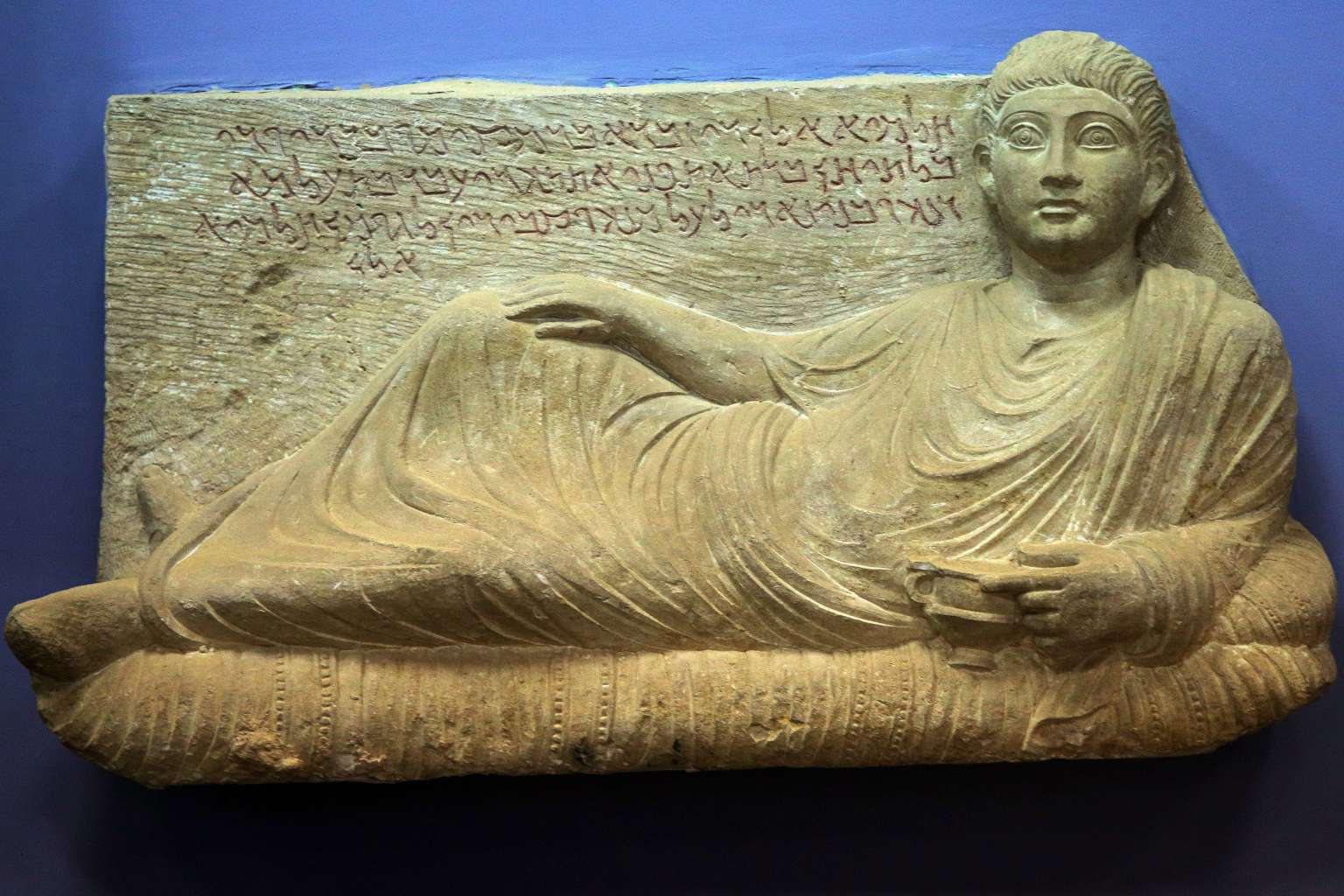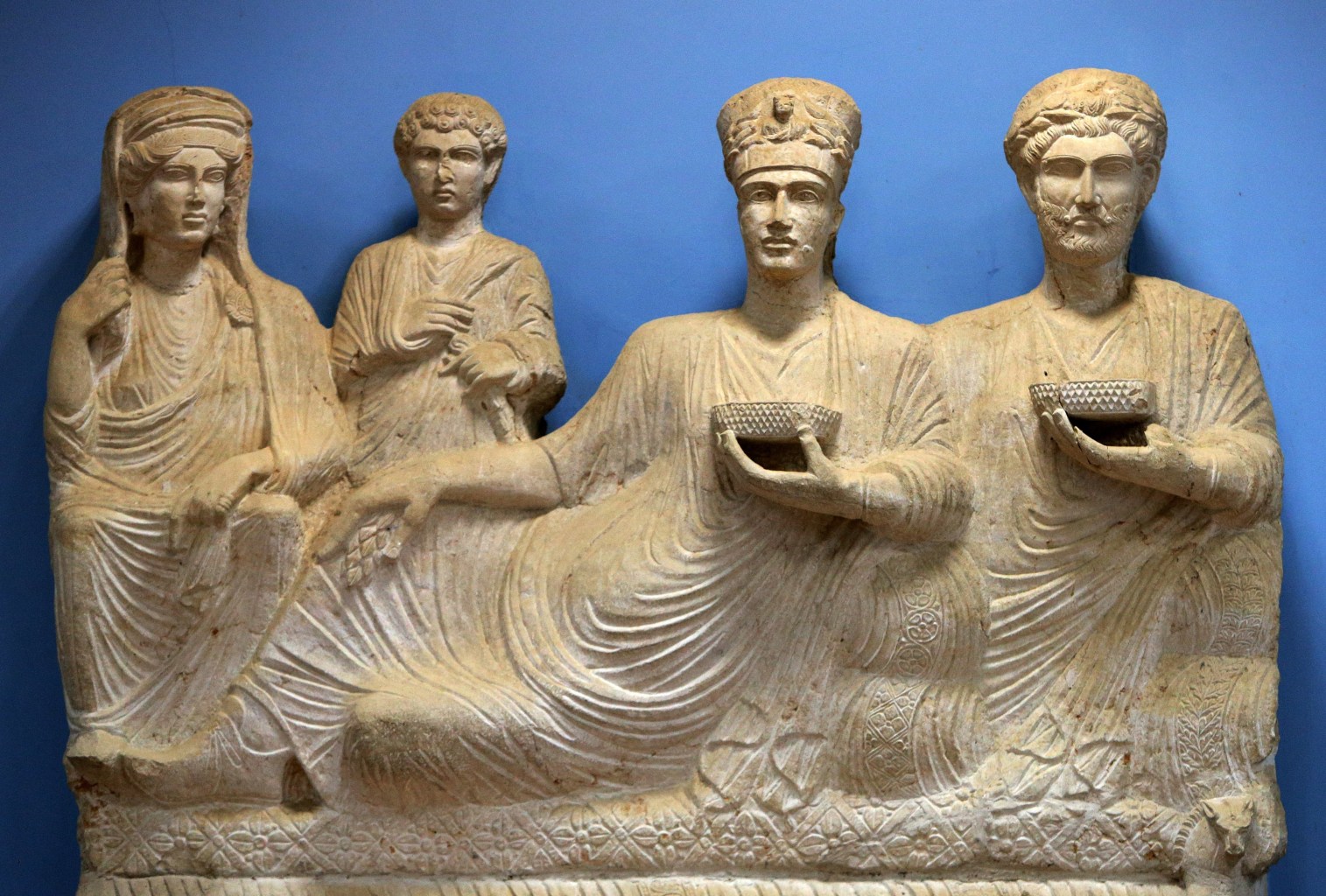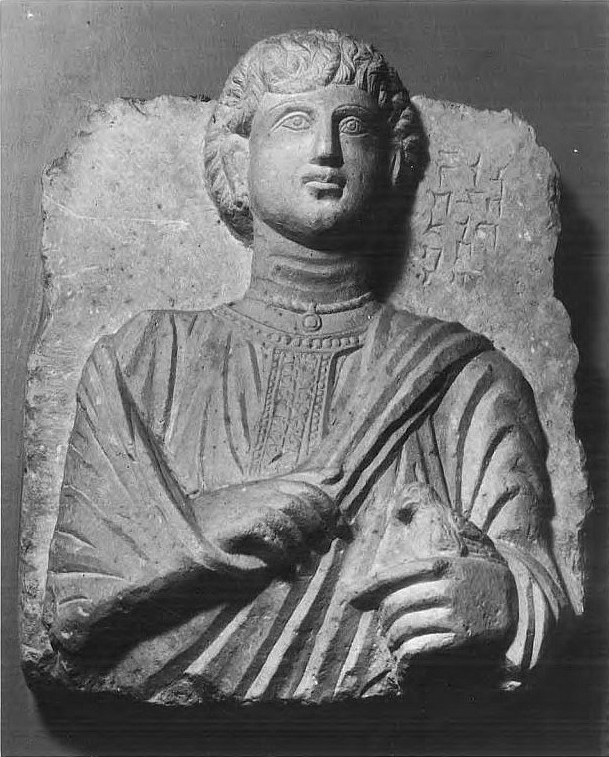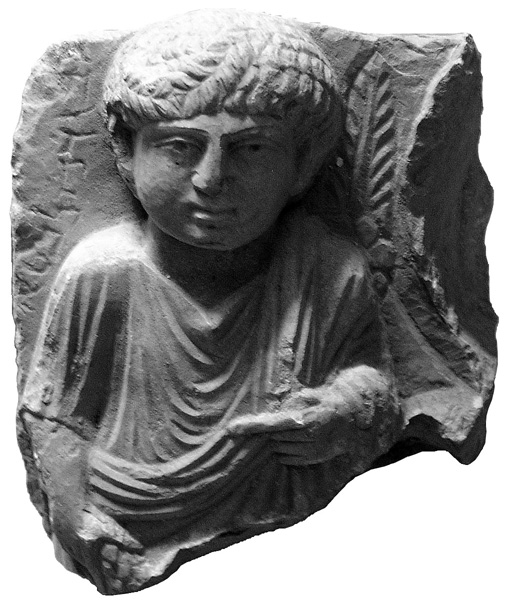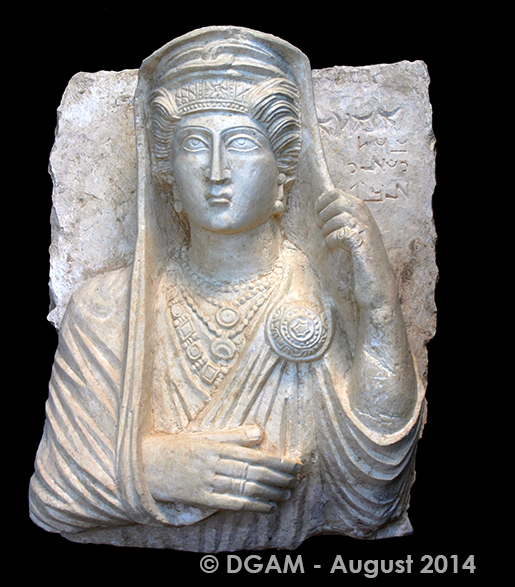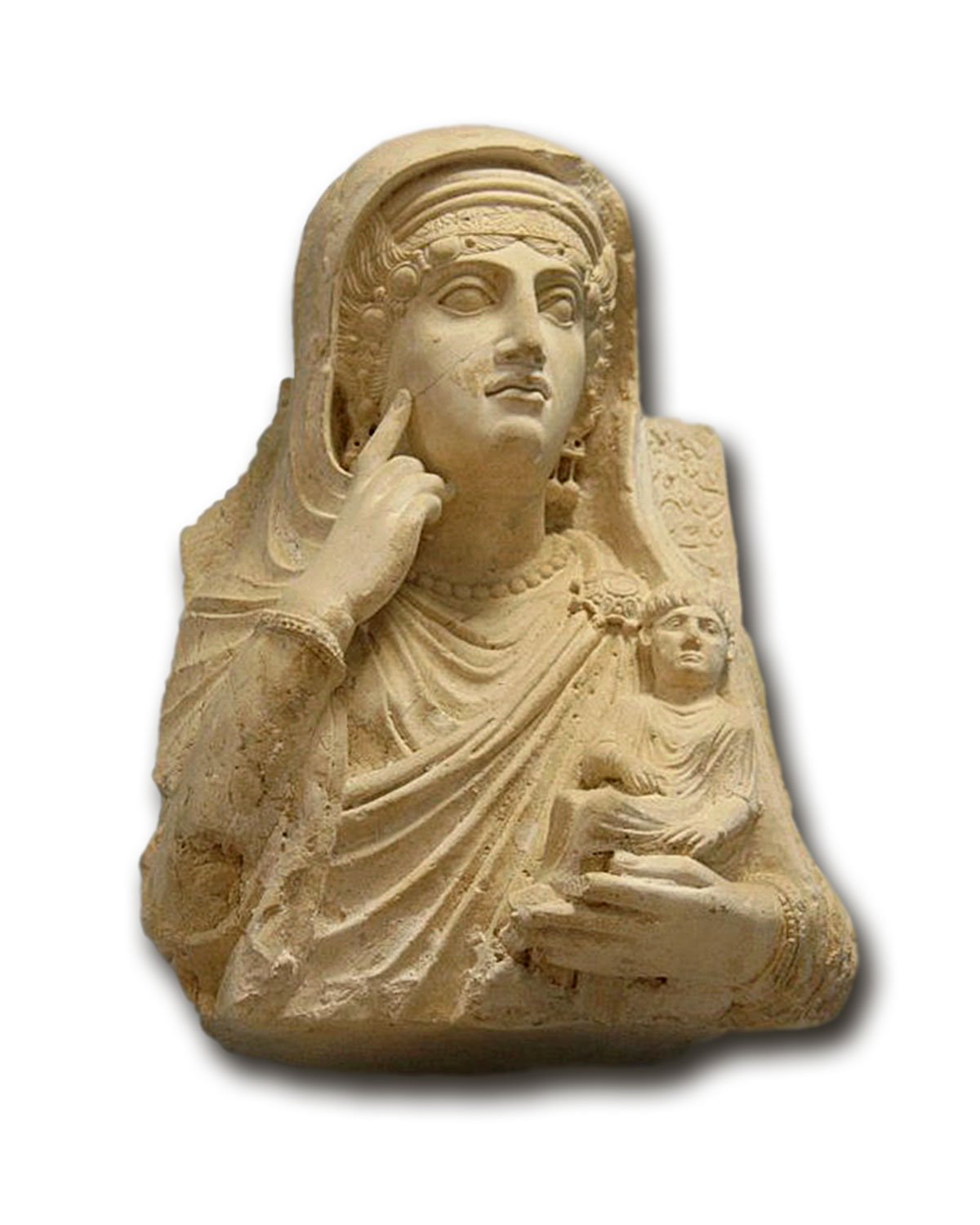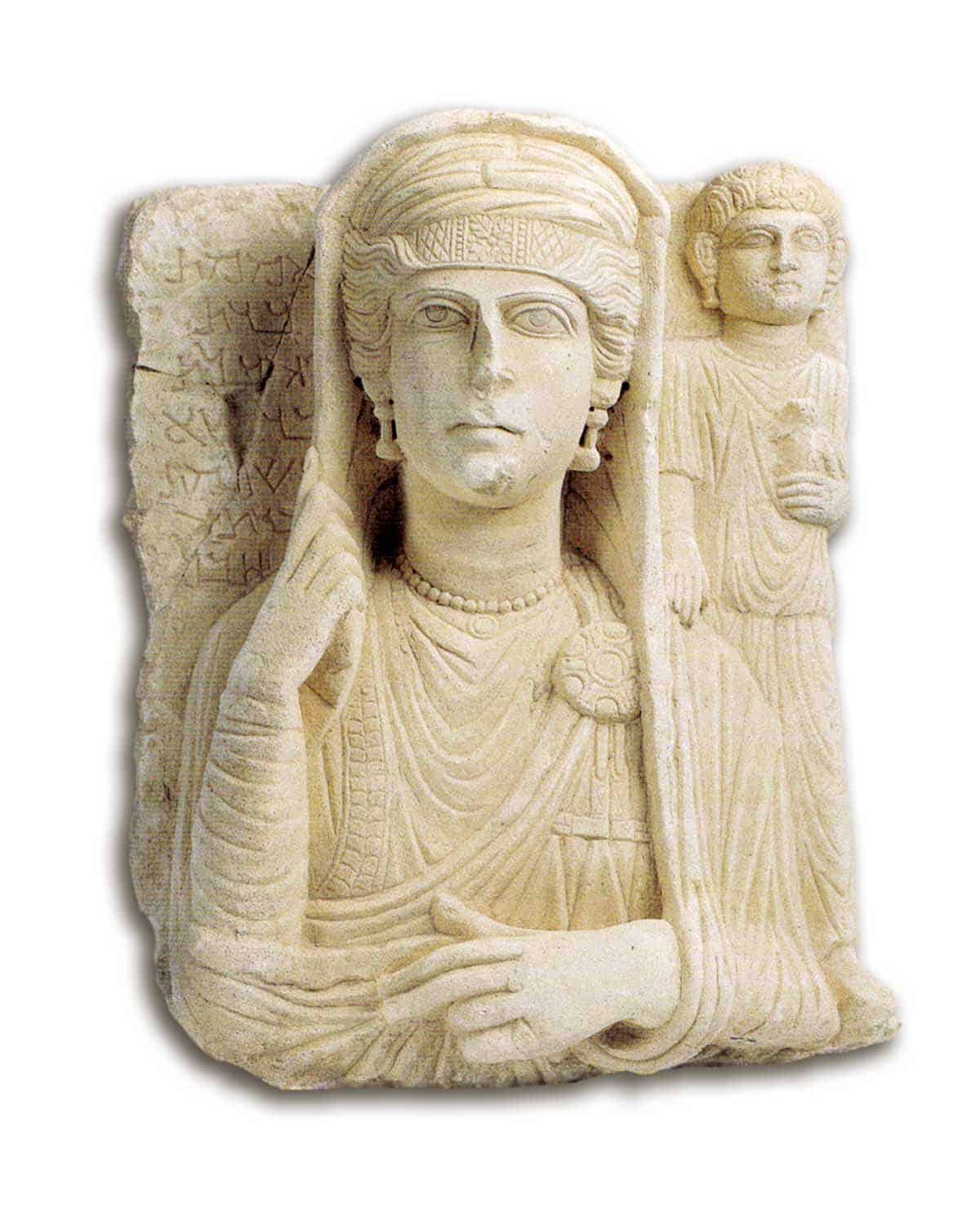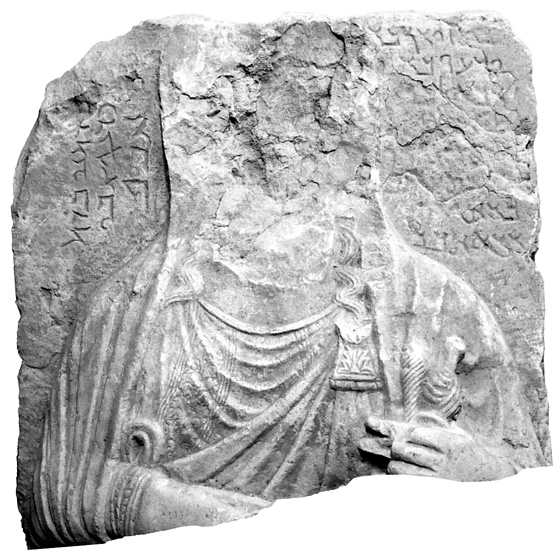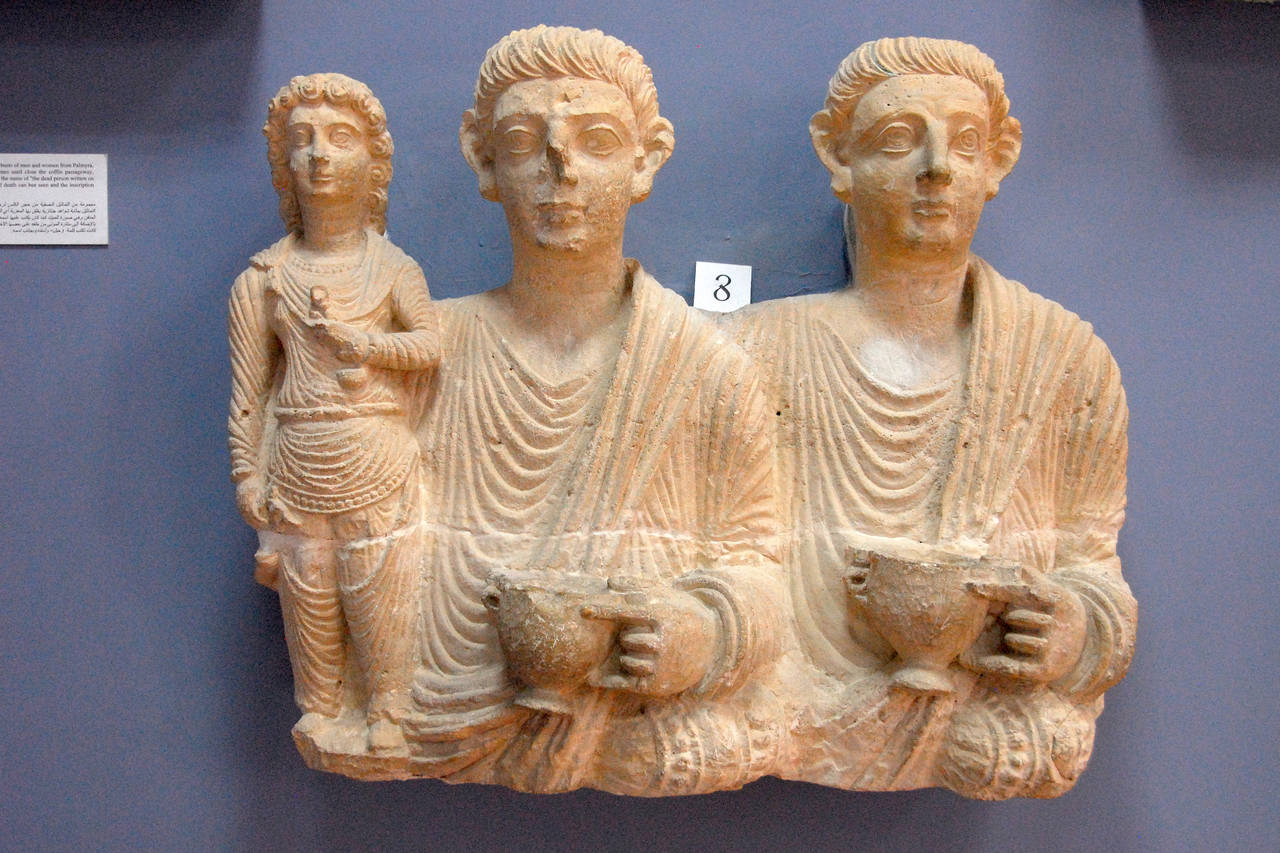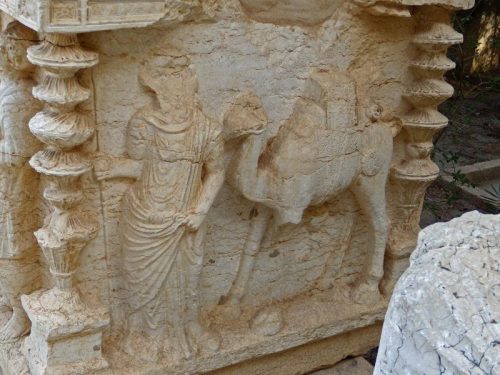

Picture source
“The imagery on the left side of the relief intimated wealth and social status, whereas the depiction of Astarte and a camel on the right side demonstrated that he was under the protection of one of the most important caravan-goddesses, and thus expresses his loyalty to his local gods (Schmidt-Colinet and al-Asaad, “Zwei Neufunde Palmyrenischer Sarkophage,” p. 275-276).”
Two new finds from Palmyrenian sarcophagi, Andreas Schmidt-Colinet academia
Palmyra Museum, inventory number: 2677B/8983; 3rd C CE
“According to iconographic parallels, it is the goddess Astarte, who, as protector of the caravan, is shown here introducing the camel that belonged to the burial-god of Palmyran religion.” https://www.judaism-and-rome.org/sarcophagus-palmyra
https://vici.org/image.php?id=5749

https://commons.wikimedia.org/wiki/File:Palmyra_(2599958871).jpg
https://commons.wikimedia.org/wiki/File:Palmyra_(2599958715).jpg

https://commons.wikimedia.org/wiki/File:Garden_of_Palmyra_Archeological_Museum,_2010-04-21.jpg

https://syriaphotoguide.com/palmyra-museum
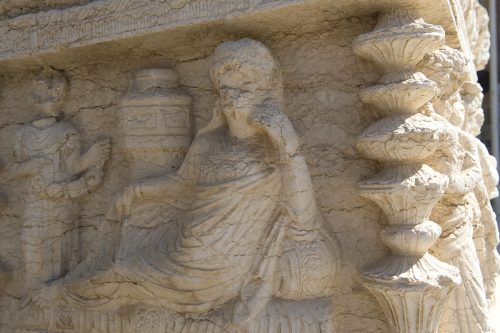
Short side, opposite to the woman with a camel and more detailed pictures >> https://pbase.com/dosseman_syria/palmyra
